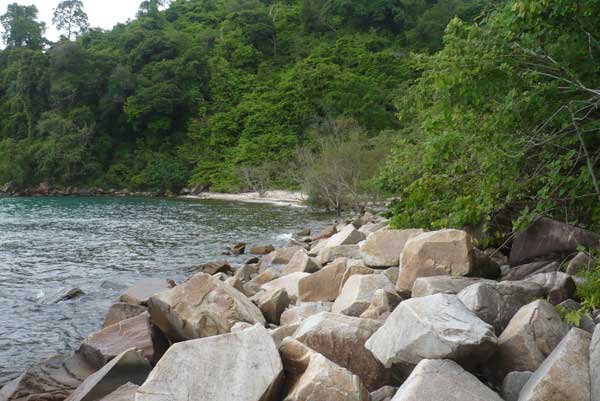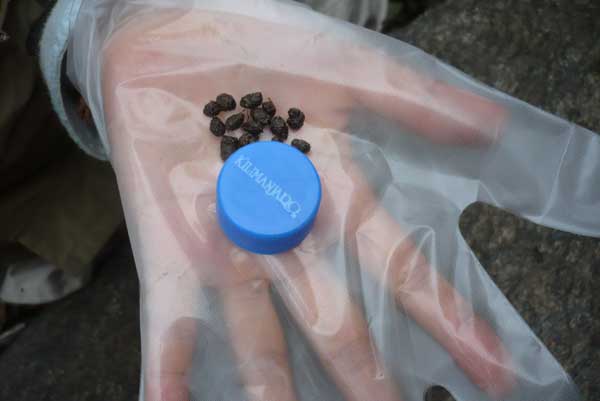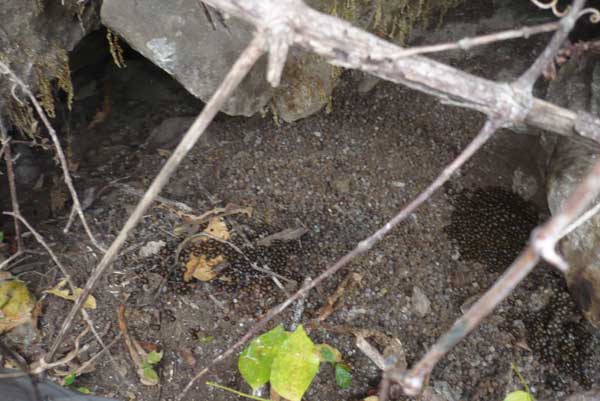Japanese
HOPE reportNumber:21-013 Evacuation woods Ecosystem and Ecological Studies of Heterohyrax brucei and Other Mammals Report:Eriko Iida Date:2009/08/26 - 2009/12/21 Recently, many paleoanthropologists argue that early stage of human evolution was woodland not open land. Some primatologists study chimpanzees in woodland, Western Tanzania for this reason.In order to think about the human evolution, however, it is also important to know about behavior and ecology of other mammals in the same habitat, that are less known compared to those of chimpanzees. In this study, I aim to collect basic data on mammalian fauna at Mahale, Western Tanzania, especially focusing on yellow-spotted bush hyraxes (Heterohyrax brucei). Hyraxes have relatively primitive body characteristics but they are very adaptable to various environment and thus widely distributed in Africa. It is important to consider how animals can be adapted without much specialization in order to know the mammalian evolution in the arid area. First, in order to grasp the diurnal and nocturnal mammalian fauna and their densities, I carried out line transect census once a week and opportunistic direct observations of larger mammals. I also collected fecal samples of these animals by using a disposable plastic syringe and cotton swabs. Samples were suspended in lysis buffer. These samples were collected in order to obtain the information of diet and genetic data. Second, in order to obtain basic behavioral and ecological date of bush hyraxes, I made survey to locate places related to them. It is found that they mostly utilized rocky areas along the shore of the Lake Tanganyika. Thus, I made intensive survey of their burrows and their communal "latrines" and collected their fecal samples in the same way as other animals. From now on, I will extract DNA from these fecal samples in order to identify individuals and to estimate their ranging area and its seasonal variation.
HOPE Project< |


